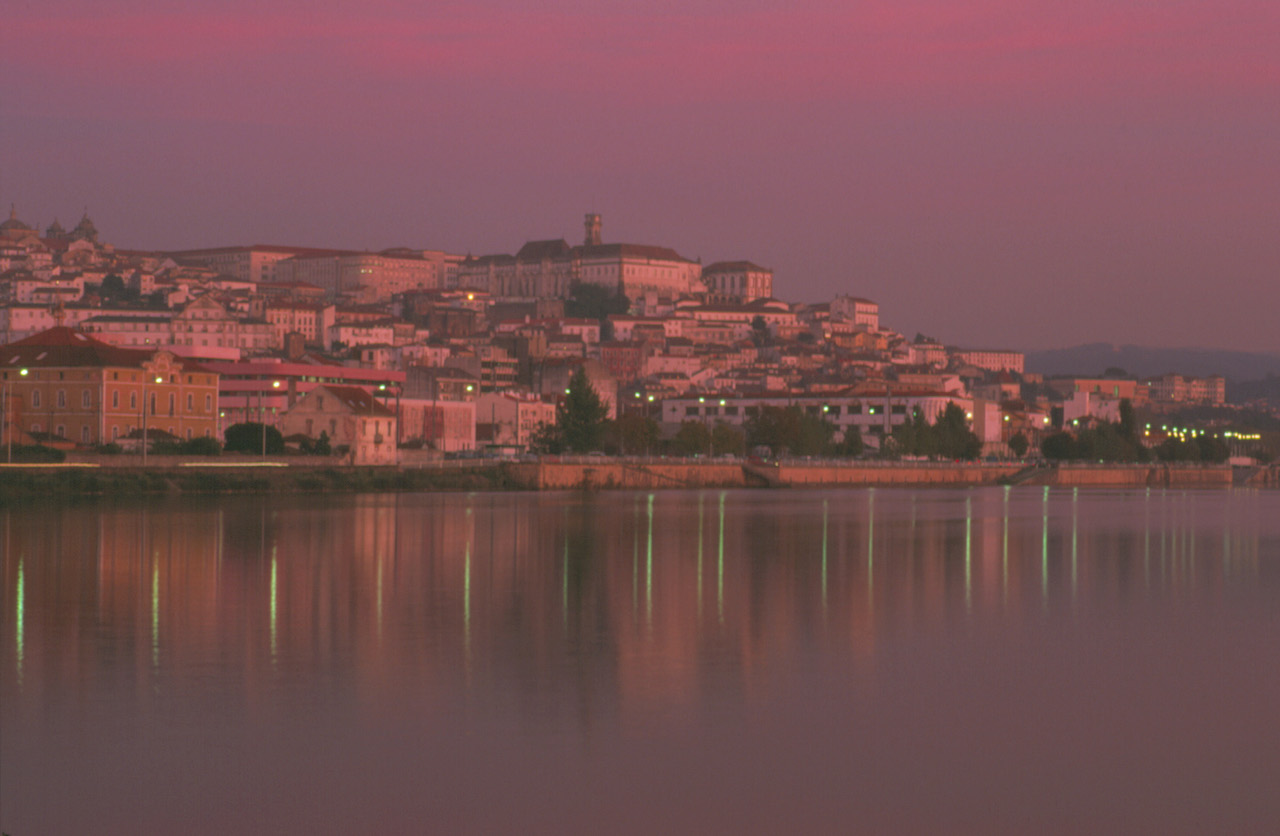
Located in Portugal’s central region, Coimbra is the country’s sixth largest city – after Lisbon, Porto, Armadora, Braga and Setubal. This part of Portugal features a stunningly diverse landscape, divided into three sub-regions: Beira Litoral on the Atlantic coast; Beira Alta, the wooded, mountainous inland area; and Beira Baixa, between the Estrela mountains and the Spanish border.
Historically, the central region has been Portugal’s spiritual and cultural hub, and it still maintains much of that aura. This is mainly due to Coimbra being the former residence of the first Portuguese kings.
Like Lisbon and Porto, Coimbra is a city of belvederes, although its highest point is a university rather than a castle.
The Roman Conímbriga which gives Coimbra its name is 15 kilometres south of the Rio Mondego. Extending over 130,000 square metres, it is Portugal’s largest field of ruins from Roman times. Featuring numerous outdoor mosaics and Roman baths, it is often compared with the Italian Pompeii.
Nearby Figueira da Foz, named after a sacred fig tree at the mouth of the Rio Mondego, is popular for its long-standing fishing traditions as well as the customary leisure and pleasure activities of of a large seaside resort.

Venerable University Traditions
Coimbra University is one of the oldest in the world, founded in the 13th century by King D. Dinis. In 2013, the city’s university quarter was added to UNESCO’s World Heritage Site List, including the surrounding buildings and Rua da Sofia with its repúblicas (students’ residencies). Key attractions in the quarter include the Joanine Library, lavishly decorated in gold and containing many precious books, the altar, the artistic ceiling of St. Michael’s university chapel, and the tower clock.
If you travel from the riverside to the uptown area, you will see this young side of Coimbra: lively bars, restaurants and clubs, and the fashionable Quebra Costas with its original shops and a colourful flea market. The main highlight of the academic year is the Queima das Fitas (Burning of the Ribbons), when graduates celebrate their degrees wearing special suits and drinking copious amounts of beer and wine.
Apart from the university, Coimbra is also home to the Quinta das Lágrimas gardens, where the tears of the brutally assassinated Inés de Castro (a Galician noblewoman who was King Pedro I’s lover) are said to continue to pour.
If you are planning to visit Portugal’s central region and would like more information about the area, check out Centre of Portugal.
